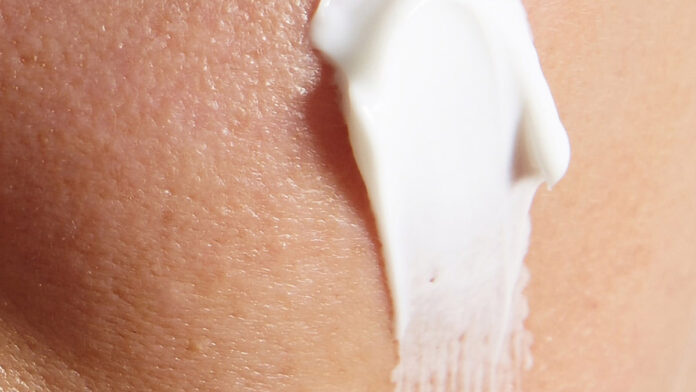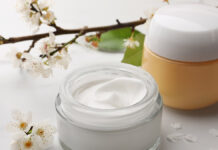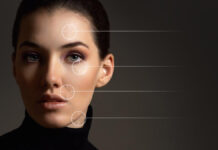STRESZCZENIE
Filtr ultrafioletowy definiowany jest jako substancja, mieszanina lub materiał, który blokuje lub absorbuje promieniowanie w zakresie UV, a jego głównym zadaniem jest ochrona skóry przed szkodliwym działaniem promieniowania. Obawę konsumentów przed niepełną ochroną budzą głównie filtry organiczne i ich niska fotostabilność, która jest wielce niepożądana w kwestii bezpieczeństwa użytkowania.
Celem pracy było odpowiednie zdefiniowanie terminu fotostabilność oraz ocena bezpieczeństwa stosowania 3 najpopularniejszych związków klasyfikowanych jako filtry ultrafioletowe. Przytoczone badania oraz opinie wydane przez Scientific Committee on Customer Safety potwierdzają bezpieczeństwo stosowania dla zdrowia człowieka Avobenzone, Oxybenzone i Octinoxate w ściśle określonych stężeniach maksymalnych.
Skutki uboczne stosowania tych filtrów, np. akumulacja w krwiobiegu, mogą się pojawić po dłuższym czasie stosowania. Aby poprawić poziom fotostabilności Avobenzone oraz Octinoxate, stosuje się następujące zabiegi: stosowanie fotostabilizatorów oraz wygaszaczy stanów wzbudzonych, zamykanie cząsteczki w micelach czy dodatek antyoksydantów np. witaminy C. Mimo że związki te nie stanowią poważnego zagrożenia dla zdrowia człowieka, dwa z nich (Oxybenzone i Octinoxate) mają negatywny wpływ na ekosystemy wodne.
Słowa kluczowe: filtry ultrafioletowe, UV, filtry organiczne, Avobenzone, Oxybenzone, Octinoxate
Physicochemical properties of selected compounds used as ultraviolet filters in cosmetics
ABSTRACT
A ultraviolet filter is defined as a substance, mixture, or material that blocks or absorbs radiation in the UV range, and its key purpose is protect the skin from the harmful effects of the radiation. Consumer concern is mainly regarding organic filters and the frequent problems with their low photo-stability, which is highly undesirable in terms of safety.
The aim of this work was to discuss the term “photo-stability” and to assess the safety of the three most popular compounds classified as ultraviolet filters. Cited studies and issued opinions by Scientific Committees on Customer Safety confirm the safety for human health of Avobenzone, Oxybenzone and Octinoxate in strictly defined maximum concentrations.
Side effects of these filters, like accumulation in the bloodstream, may occur after prolonged use. In order to improve the level of photo-stability of Avobenzone and Octinoxate the following methods are used: the use of photo-stabilizers and excited state quenchers, encapsulation of the molecule in micelles or the addition of antioxidants such as vitamin C. Although these compounds do not pose a serious threat to human health, two of them (Oxybenzone and Octinoxate) have a negative impact on aquatic ecosystems.
Keywords: ultraviolet filters, UV, organic filters, Avobenzone, Oxybenzone, Octinoxate
Paulina Woźnica, Radosław Starosta
Zespół Chemii Biomateriałów
Wydział Chemii
Uniwersytet Wrocławski
ul. F. Joliot-Curie 14
50-383 Wrocław
T: +48 71 375 72 32
E: radoslaw.starosta@uwr.edu.pl
Pełna wersja artykułu: Kosmetologia Estetyczna. 2022;11(4):19-27
Artykuł ukazał się w Aesthetic Cosmetology and Medicine. 2022;11(4):137-145
Sposób cytowania: Woźnica P, Starosta R. Physicochemical properties of selected compounds used as ultraviolet filters in cosmetics.
Aesth Cosmetol Med. 2022;11(4):137-145. https://doi.org./10.52336/acm.2022.021
Inne wydania KE oraz ACM w wersji drukowanej lub cyfrowej dostępne w sklepie KE
Kosmetologię Estetyczną kupisz również w sieci Empik




